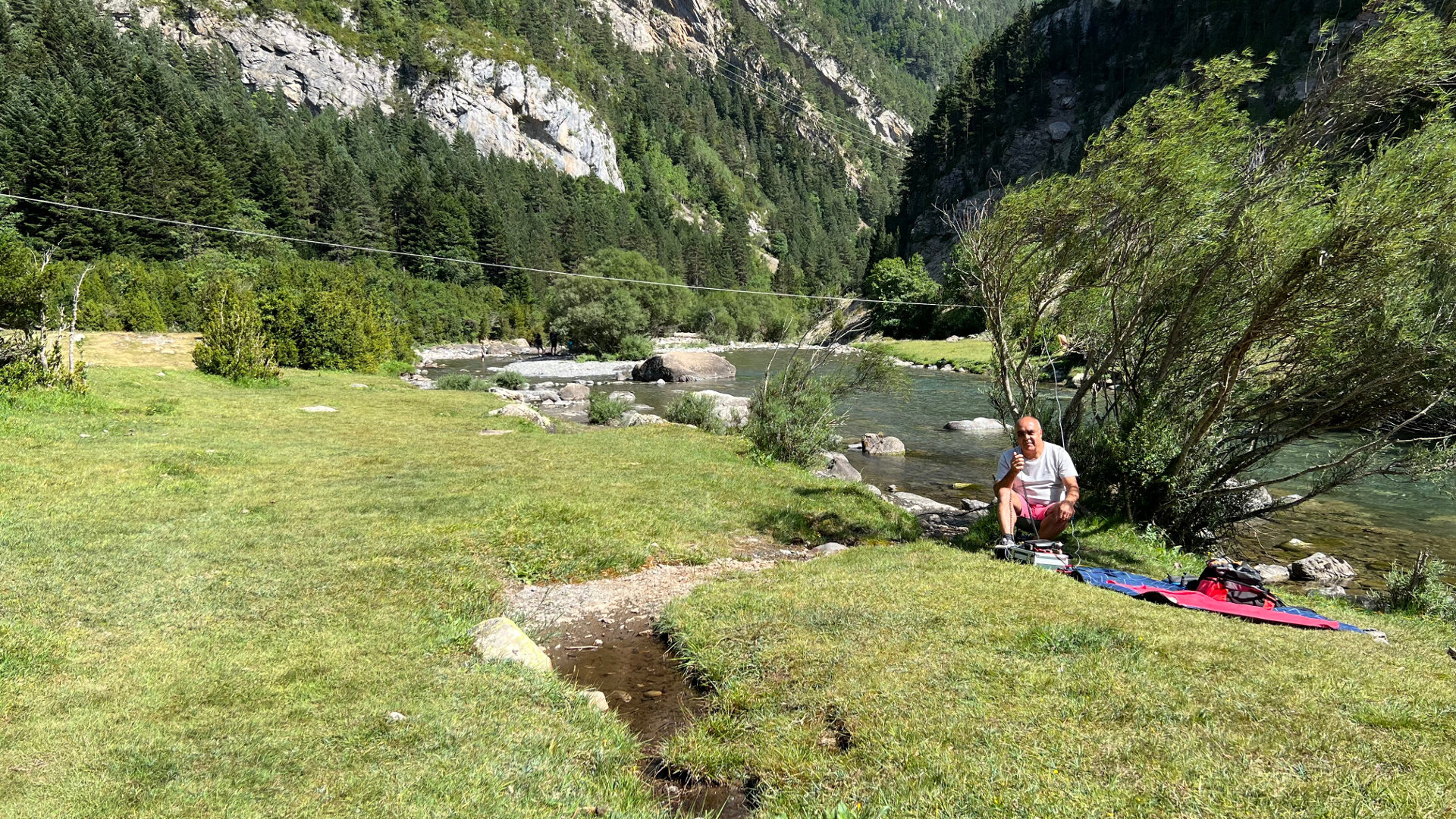30 anos separam a época actual com aquela em que comecei a fazer rádio packet. Na altura ainda não se ouvia falar de APRS...
Hoje com o APRS a crescer e a ganhar relevância parece que não há entendimento sobre quais os SSID a utilizar num e noutro modo, entrando por vezes em conflito na nossa percepção, os SSID utilizados no packet e em APRS.
Compilei aqui algumas fontes sobre como sugerem a organização de ambos e um pequeno ensaio do que, com base nos SSID de packet e APRS proponho adoptar...
A minha proposta para a utilização de SSID no packet/APRS
-0 (or without SSID) your station/node, network nodes -1 BBS or personnal mailboxes (usually a TNC-based pBBS) -2 chat rooms, P2P, conference bridges -3 gateways and cross-port digipeater -4 DX cluster network -5 other networks integration (D-Star, DMR, Fusion...) -6 special activity, IOTA, SOTA, Satellite, camping or 6 meters… -7 radio handheld, walkie talkies, HT's or other human portable -8 boats, sailboats, RV's or second main mobile -9 mobile phones, tablets and computers -10 internet links, iGates, echolink, Winlink/RMS, AVRS, APRN… -11 balloons, aircraft, spacecraft, etc -12 APRStt, DTMF, RFID, devices, one-way trackers… -13 weather stations -14 truckers or generic, additional stations or activities -15 generic, additional stations or activities
Este ensaio tem como fundamento as duas correntes de ideias a seguir descritas e pretende encontrar um entendimento respeitando o mais possível cada uma delas, assim como as práticas de utilização de SSID no dia a dia, por escuta das radio frequências.
Na perspectiva de APRS
Note, the SSID of zero is dropped by most display applications. So a callsign with no SSID has an SSID of 0. -0 your primary station usually fixed and message capable -1 generic additional station, digi, mobile, wx… -2 generic additional station, digi, mobile, wx… -3 generic additional station, digi, mobile, wx… -4 generic additional station, digi, mobile, wx… -5 other networks (Dstar, Iphones, Androids, Blackberry's etc) -6 special activity, Satellite ops, camping or 6 meters… -7 walkie talkies, HT's or other human portable -8 boats, sailboats, RV's or second main mobile -9 primary Mobile (usually message capable) -10 internet links, Igates, echolink, winlink, AVRS, APRN… -11 balloons, aircraft, spacecraft, etc -12 APRStt, DTMF, RFID, devices, one-way trackers… -13 weather stations -14 truckers or generally full time drivers -15 generic additional station, HF, digi, mobile, wx…
Referências:
http://www.aprs.org/aprs11/SSIDs.txt
Na perspectiva de packet & net105
none (-0) home stations
-1 home station personnal mailboxes (usually a TNC-based PBBS)
-2 gateways and cross-port digipeater
-3 full-service BBS's (those that forward mail/bulletins)
-4 network nodes (having two or more radio ports that
perform routing functions via TCP/IP,
NetROM, etc... Can be combined with BBS's that also
perform routing)
-5 console/keyboard -or- printer
-6 conference bridges
-7 NetROM/X1J/Knet/BPQ nodes
-8 cross-band digipeaters
-9 mobile / modats
-10 Winlink 2K
-11 - unassigned -
-12 - unassigned -
-13 - unassigned -
-14 - unassigned -
-15 (often used as a downlink address when exiting the far
end of a network connection)
Referências:
https://groups.io/g/network105/topic/welcome_to_all_network_105/11899281
https://wiki.complete.org/PacketRadio
https://wiki.complete.org/PacketRadioOnHF
http://www.mi-drg.org/ssid.shtml
https://www.ea1uro.com/pdf/Paradigma_APRS_IARU.pdf
